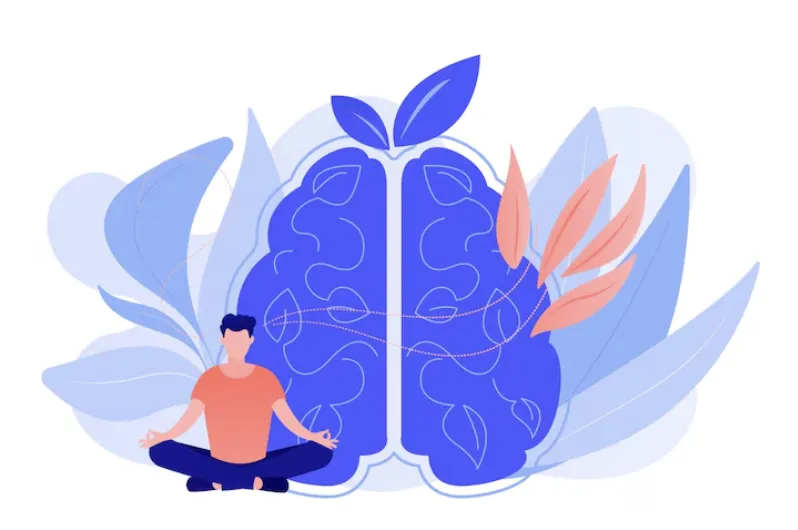Mastering the Art of Effective Communication: Strategies for Success

Effective communication is the cornerstone of success in both personal and professional realms. It's the key to building strong relationships, fostering collaboration, and achieving common goals. Whether you're interacting with colleagues, clients, friends, or family, mastering the art of communication can enhance your influence, resolve conflicts, and create meaningful connections. In this article, we'll explore the essential components of effective communication and provide practical strategies for improving your communication skills.
Understanding Effective Communication: Effective communication involves the clear and concise exchange of information, ideas, and emotions between individuals or groups. It encompasses verbal and nonverbal communication, active listening, empathy, and mutual understanding. Effective communicators convey their message with clarity, authenticity, and respect, while also being receptive to feedback and open to dialogue.
Components of Effective Communication: a. Clear Message: Clearly articulate your thoughts, ideas, and intentions using simple and straightforward language. Avoid ambiguity and jargon that may confuse or mislead your audience. b. Active Listening: Pay close attention to what others are saying, both verbally and nonverbally, and show genuine interest and engagement in the conversation. Practice reflective listening by paraphrasing and summarizing key points to demonstrate understanding. c. Empathy and Understanding: Put yourself in the other person's shoes and seek to understand their perspective, feelings, and motivations. Validate their emotions and show empathy, even if you disagree with their viewpoint. d. Nonverbal Communication: Pay attention to your body language, facial expressions, and tone of voice, as these can convey messages and emotions more powerfully than words alone. Maintain eye contact, use open and inviting gestures, and modulate your tone to convey warmth and sincerity. e. Feedback and Clarification: Encourage open communication by inviting feedback, asking clarifying questions, and addressing any misunderstandings or concerns promptly and constructively.
Strategies for Effective Communication: a. Prepare and Organize: Before initiating a conversation or presentation, take time to organize your thoughts, outline key points, and anticipate potential questions or objections. Preparation builds confidence and ensures clarity in communication. b. Tailor Your Message: Adapt your communication style and message to suit the preferences, needs, and background of your audience. Consider their communication preferences, cultural differences, and level of expertise to ensure effective communication. c. Practice Active Listening: Practice active listening by giving your full attention to the speaker, maintaining eye contact, nodding or using affirmative cues, and asking clarifying questions to demonstrate understanding. d. Use Positive Language: Frame your message in positive and constructive terms, focusing on solutions rather than problems. Use words and phrases that inspire confidence, motivation, and collaboration. e. Seek Feedback and Continuous Improvement: Solicit feedback from others on your communication style and effectiveness, and be open to constructive criticism. Use feedback as an opportunity for growth and continuous improvement.
Applying Effective Communication in Different Contexts: a. Professional Settings: Effective communication is essential in the workplace for building rapport, resolving conflicts, leading teams, and collaborating with colleagues and clients. b. Personal Relationships: Strong communication skills are vital for nurturing healthy and fulfilling relationships with family members, friends, and romantic partners. c. Public Speaking and Presentations: Mastering effective communication techniques is crucial for delivering engaging and persuasive presentations, speeches, and pitches. d. Conflict Resolution: Effective communication plays a central role in resolving conflicts, managing disagreements, and fostering understanding and reconciliation between conflicting parties. e. Digital Communication: In an increasingly digital world, effective communication extends to virtual platforms such as email, messaging apps, and video conferencing. Pay attention to tone, clarity, and etiquette in digital communication to avoid misunderstandings and foster meaningful connections.
Practicing Mindful Communication: a. Be Present: Practice mindfulness and be fully present in your interactions, giving your undivided attention to the conversation and showing genuine interest in the other person. b. Pause and Reflect: Take pauses during conversations to reflect on your thoughts and emotions before responding. This allows for more thoughtful and intentional communication. c. Manage Emotions: Be aware of your emotions and how they may influence your communication. Practice emotional regulation techniques to manage stress, anger, or anxiety and communicate with composure and clarity. d. Cultivate Empathy: Cultivate empathy by actively listening to others, acknowledging their emotions, and responding with compassion and understanding. e. Practice Gratitude: Express appreciation and gratitude for the opportunity to communicate and connect with others, fostering positive and uplifting interactions.
Effective communication is a skill that can be honed and mastered with practice, patience, and mindfulness. By understanding the essential components of effective communication and implementing practical strategies in your daily interactions, you can enhance your relationships, influence, and overall success in both personal and professional realms. Remember, communication is not just about speaking—it's about listening, understanding, and connecting with others on a deeper level.





